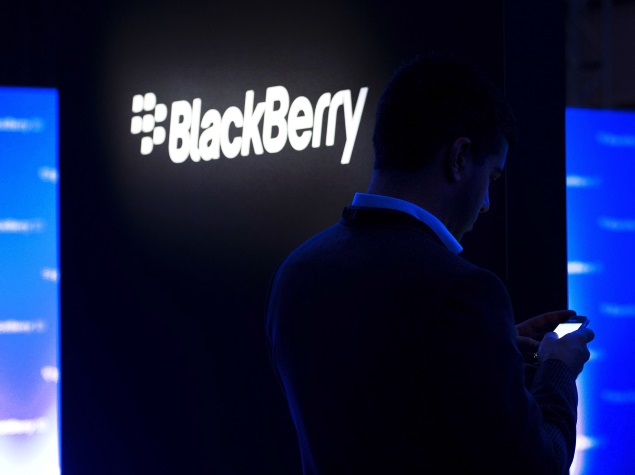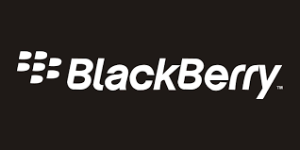3 mins read
BlackEnergy APT Attacks In Ukraine Employ Spearphishing With Word Documents

January 3, 2025
Copyright 2023, IT Voice Media Pvt. Ltd.
All Rights Reserved

 nowadays are conducted with cyberespionage in mind, harvesting precious business secrets or confidential personal data. But from time to time attackers get up to something completely different – like sabotage. This mode of attackis especially alarming because IT departments tend to focus on data loss/leaks,leaving them unprepared for the cyberattack-induced disruption of their whole business process, involving many different systems. Sometimes even physical consequences can result – particularly if the targeted business makes extensive use of ICS/SCADA which can be reached (a dangerous design flaw!) through general purpose networks.
nowadays are conducted with cyberespionage in mind, harvesting precious business secrets or confidential personal data. But from time to time attackers get up to something completely different – like sabotage. This mode of attackis especially alarming because IT departments tend to focus on data loss/leaks,leaving them unprepared for the cyberattack-induced disruption of their whole business process, involving many different systems. Sometimes even physical consequences can result – particularly if the targeted business makes extensive use of ICS/SCADA which can be reached (a dangerous design flaw!) through general purpose networks.